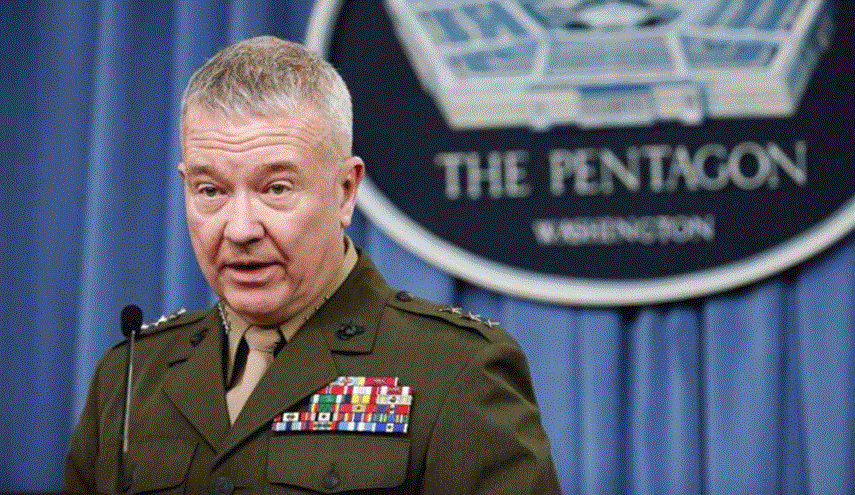US raises concerns over using "Drones" against its forces in Iraq

Washington is grappling with a rapidly evolving threat from Iranian proxies in Iraq after militia forces specialized in operating more sophisticated weaponry, including armed drones.
Those militias have used small, explosive-laden drones that crash into their targets in late-night attacks on Iraqi bases at least three times in the past two months.
US officials reported that the bases attacked include those used by the CIA and US Special Operations units.
Iran, weakened by years of harsh economic sanctions, is using its proxy militias in Iraq to step up pressure on the US and other world powers to negotiate an easing of those sanctions as part of a revival of the 2015 nuclear deal.
Iraqi and US officials say Iran has designed the drone attacks to minimize casualties that could prompt US retaliation.
Top US commander in the Middle East Gen. Kenneth F. McKenzie Jr. told the Associated Press last month that the drones pose a serious threat, and that the military was rushing to devise ways to combat them.
A former CIA officer and top Middle East policy official at the Pentagon, Michael Mulroy said that with technology provided by Iran’s Quds Force, the drones are rapidly becoming more sophisticated at a relatively low cost.
“The drones are a big deal, one of the most significant threats our troops there face,” he said.
A senior Iraqi national security official said the drones posed a challenge but were tools, not the heart of the problem.
“This is a means of pressure,” said the official, who asked not to be identified, noting that “Iran is suffocating economically. The more it suffers the more these attacks increase.”
Iran has used proxy militias in Iraq since 2003 to influence Iraqi politics and threaten the US outside its borders.
Since late 2019, Iran-backed Iraqi militias have conducted more than 300 attacks against US interests, killing four US citizens and about 25 others, mostly Iraqis, according to a Defense Intelligence Agency assessment published in April.
In the last year, a proliferation of previously unknown armed groups emerged, some claiming responsibility for rocket attacks on US targets, reported NYT.
The increased precision of the drone strikes this year marks an escalation from the more common Katyusha rocket attacks that US officials have viewed more as harassment.
The attacks, launched from mobile launchers, have been aimed at the US Embassy in Baghdad’s Green Zone and military bases where some 2,500 forces and thousands of US military contractors operate.
Furthermore, some US analysts say that the militants are now targeting sites, even specific aircraft hangars, where sophisticated armed MQ-9 Reaper drones and contractor-operated turboprop surveillance aircraft are stationed in an attempt to disrupt or cripple the US reconnaissance capability critical to monitoring threats in Iraq.
The US used Reapers for its most sensitive strikes, including the killing of Iranian commander of al-Quds Force, Maj. Gen. Qassim Soleimani, and Iraqi commander Abu Mahdi al-Muhandis in Baghdad in January 2020.
A number of officials reported that Washington installed defenses to counter rocket, artillery, and mortar systems at installations in Iraq, however, the armed drones fly too low to be detected by those defenses.
Shortly before midnight on April 14, a drone strike targeted a CIA hangar inside the airport complex in the northern Iraqi city of Erbil, according to three US officials familiar with the matter.
No one was reported hurt in the attack, but it alarmed Pentagon and White House officials because of the covert nature of the facility and the sophistication of the strike.
A similar drone attack in the early morning hours of May 8 on the Ayn al-Asad airbase in western Anbar Province, where the United States also operates Reaper drones, also raised concerns among US commanders about militias’ shifting tactics.
The attack caused no injuries but damaged an aircraft hangar, according to Col. Wayne Marotto, a spokesman for the US-led coalition in Iraq.
Three days later, another drone struck just after midnight at an airfield in Harir, north of Erbil, that is used by the military’s highly secretive Joint Special Operations Command.
The explosive-laden drone crashed, causing no injuries or damage, coalition officials said but fueled the growing worries.
Source: The New York Times





